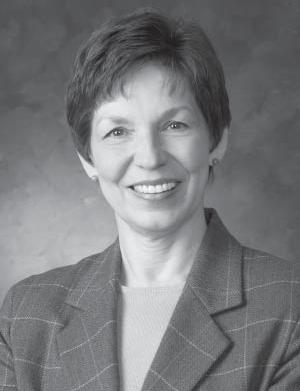Learning POWERED BY Technology On March 5th, the U.S. Department of EducaThe NETP embraces 21st century learning, tion’s Office of Educational Technology released describing five essential focus areas, each with Transforming American Education: Learning a goal and related action recommendations for Powered by Technology, the draft of the National local, state, and national educators (as well as Educational Technology Plan (NETP) 2010. The public and private sector stakeholders). plan calls for “revolutionLearning ary transformation rather The model of 21st centhan evolutionary tinkerServing the Underserved tury learning described in ing”* to meet the Obama this plan calls for engaging administration’s priorities and empowering learning of raising the percentage “Many adults in the workexperiences for all learnof Americans with twoforce are underproductive, ers. The model asks that year or four-year college have no postsecondary crewe focus what and how we degrees to 60% by 2020 dential, and face limited opteach to match what peoand closing achievement ple need to know, how they gaps based on race and inportunities because they learn, where and when come. lack fluency in basic skills. they will learn, and who The plan notes that Unfortunately, they have needs to learn. It brings digital exclusion, or the little time or opportunity for state-of-the art technolodisparities in technology the sustained learning and gy into learning to enable, access and use, “must be motivate, and inspire all development that becomovercome because job apstudents, regardless of plications, health informaing fluent would require. For background, languages, tion, and many other cruthese learners, technology or disabilities, to achieve. cial information resources expands the opportunities It leverages the power of appear only in the digifor where and when they can technology to provide pertal realm (http://www. learn. Working adults can sonalized learning instead fcc.gov/recovery/broadof one-size-fits-all curricuband/).” One of the undertake online courses at anylum, pace of teaching, and served populations mentime and anywhere. While instructional practices. tioned explicitly in the plan, individual adults benefit Goal: All learners will along with low income and with more opportunities for have engaging and emminority learners and Engadvancement, companies powering learning experilish language learners, is ences both in and outside and agencies benefit from adult learners. of school that prepare The plan also describes the increased productivity them to be active, crea new federal program, of a fully literate workforce, ative, knowledgeable, and the Online Skills Laboratoone continuously preparing ethical participants in our ry, which will build a library for the future.” globally networked sociof openly available, webety. based resources for learning. These courses will be Assessment designed with input from The model of 21st century learning requires experts in content, pedagogy, and technology and offered free of charge through community new and better ways to measure what matcolleges. The flexibility provided by online ac- ters, diagnose strengths and weaknesses in the cess can help meet the needs of adults who are course of learning when there is still time to improve student performance, and involve mulworking or raising a family. 12
Spring 2010 .:PROGRESS




